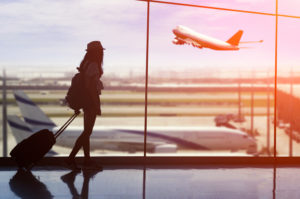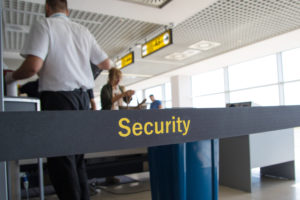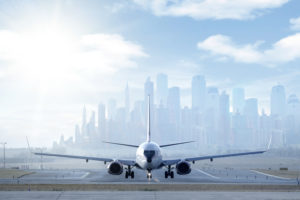With the proposed merger of Delta and Northwest, what’s in the cards for airfares? Many consumers are worried that consolidation will bring higher fares, especially if Continental, American, US Air and United also hear wedding bells ringing.
But that ain’t necessarily so.
Several factors could keep fares low.
For one thing, to quote former Continental Airlines CEO Gordon Bethune speaking at a recent travel industry conference, with apologies to P.T. Barnum, “There’s a sucker born every minute”.
There’s always some misguided soul who will want to start a new airline (ask any little boy what he wants to be when he grows up and he’ll tell you a policeman, fireman, or pilot. And if he can’t be a pilot, he’ll probably want to run an airline).
This is especially true after periods of airline consolidation. When Pan Am disappeared and after American bought TWA, fares increased for a while on certain routes, but then we saw the creation and expansion of discount carriers, some sadly no longer with us or on the danger list, such as AirTran, Skybus, ATA, JetBlue, Spirit, Allegiant, Sun Country, USA3000, Frontier, Virgin America, and Southwest. The same thing probably will happen again.
So if consolidation leaves us with three or four major airlines and a handful of surviving low cost carriers, another David Neeleman will emerge to launch another JetBlue (actually Mr. Neeleman has left JetBlue and is building a new South American discount carrier).
The fact is that the airline industry, from the first scheduled flight on January 1, 1914 to the present has never been particularly rational when it comes to the bottom line. Ask anyone who’s been foolish enough to buy airline stocks.
Another factor to consider is that consolidation of the major airlines may not, in the end, ensure their survival. They all have higher cost structures (ageing fleets, expensive labor) than the low cost carriers. If we end up with Delta-Northwest, United-Continental, and American-US Air as the remaining “Big Three,” these airlines may become aviation dinosaurs, prey to existing and new low cost carriers. This Darwinian survival of the fittest scenario could keep airfares reasonably low.
Additionally, the new “Open Skies” agreements, which allow foreign and US airlines to fly new routes between the US and foreign airports, may help to keep international fares affordable.
And then there’s the oil factor. Some industry analysts believe that $112 oil is a fluke, and that prices will eventually plummet, as they have in the past. That would encourage (or enable if you’re into psychotherapy) the next generation of discount airline entrepreneurs.
Even so, chances are we won’t see many more of those crazy retaliatory, tit-for-tat, unadvertised hub-airport fare wars. That’s when Delta would lower fares out of Northwest’s hubs to ridiculously low levels and then Northwest would return the favor out of Delta’s hubs a few hours later. One Saturday morning a few years ago as Airfarewatchdog.com aficionados will recall, Delta lowered fares between all of their US airports and Continental Airlines’ hubs to $88 round-trip; and later that day Continental returned the favor by targeting Delta’s hubs at the same $88 fare.) This sort of irrational behavior may be history, and for the sake of all flight attendants surviving on food stamps, perhaps it should be.
What we will see, however, is all those maddening extra fees going up and up. Pet in cabin fees, redeposit frequent flyer mile fees, advance seat assignment fees, and all the others. Already, most major airlines now charge $25 for a second checked bag. I wouldn’t be surprised if the next move is a fee for every checked bag. Some airlines (United among them) will still refund the difference if a fare you’ve purchased goes down between the time you buy and the time you fly, without extracting a $100 ticket re-issue fee. But don’t expect that to last either. In fact, don’t be surprised if airlines eliminate price drop refunds altogether (as was the policy at now-defunct, you buy it you fly it SkyBus).
What about international fares? There might be some good news here. The new “open skies” agreements, which allow foreign airlines more leeway to fly between the U.S. and foreign airports, may keep fares from spiking too terribly, and may also keep service levels from plunging.
And in any event, let’s face it: even if airfares increase moderately, they’ll still be an amazing bargain. Twenty years ago, you would have paid far more for an airline ticket, in inflation-adjusted dollars, than you do now. According to the Air Transport Association, admittedly an industry trade group, the inflation-adjusted cost of domestic air travel has dropped by 50 percent since deregulation in 1978, from 8 cents per mile to 4 cents per mile today.





